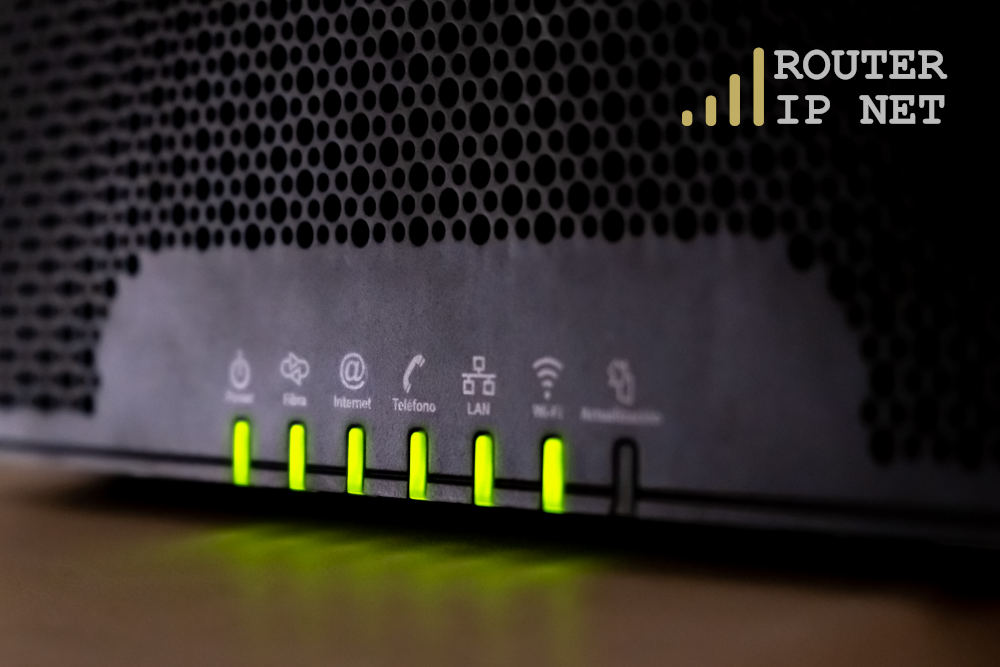What are Local or Private IP Addresses
What is a private IP address?
A private IP address (AKA Local IP address) is a non-routable network address formatted x.x.x.x, where x is a number between 0 and 255. That type of network address is used to identify devices connected to a local area network (LAN), such as a home or office network. These addresses are not directly accessible from the Internet, for example they cannot be pinged or connected to from someone outside of your network straightaway, except in rare cases when the router is doing NAT or port forwarding, and are assigned by network administrators or routers to devices within their local network. The primary benefit of private IP addresses is to conserve the number of available public IP addresses (since many local devices with private IP addresses, can be routed through a single public IP), which are used for devices that need to be reached directly from the Internet (such as web and other servers).

How do local IP addresses work?
Local IP addresses are assigned or configured to devices within a local area network (LAN) and are used to communicate strictly between devices only within that network. And logically, in order to reach the Internet you have to use a “middle-man” or a “proxy” for that purpose – which is your router. Each device on a LAN is assigned a unique local IP address, which usually happens automatically, allowing other devices on the network to communicate with it directly, even without using a router or a gateway, if being in the same sub-network limited by a netmask. When a local device on a LAN initiates a connection with another device on the Internet (e.g opening a website), it sends its requests to the default gateway (which in most cases is the router you have installed at home or your office). The router then converts the local IP address of the sending device to a public IP address, which can be used to communicate with devices/servers/websites on the internet.
What are the ranges of local IP addresses?
Local/Private IP addresses are typically assigned from the range of private IP addresses defined by the Internet Assigned Numbers Authority (IANA). The universally and widely used ranges of private IP addresses are:
- 10.0.0.0 to 10.255.255.255 (e.g 10.0.0.1)
- 172.16.0.0 to 172.31.255.255 (e.g 172.17.18.19)
- 192.168.0.0 to 192.168.255.255 (e.g 192.168.1.2)
Meaning all the rest of the IPs from 0.0.0.0 to 255.255.255.255 except the ranges described above are considered to be public IP addresses.
Key differences between public and private IP addresses
It’s pretty easy to distinguish between the two types. The main difference between public and private IP addresses is that public (externally reachable) IP addresses are used to communicate with other devices on the internet, while private IP addresses are used to connect to devices only inside of a local area network (LAN). Public IP addresses are intended to always be unique, globally-routable addresses that are assigned by the Internet Service Provider (ISP), or another entity in charge of an IP netblock (a range of public IP addresses) to each device that connects to the Internet. Private IP addresses, on the other hand, are assigned and configured by network/system administrators or your local network router to devices in the same local network (LAN).
How to find your local IP address?
There are different ways to find your local IP address, depending on the operating system of your device (laptop/phone/printer/IoT device).
Find your local IP Address on Windows
- Click the Windows Start menu and select "Control Panel."
- Click on "Network and Sharing Center."
- Click "Local Area Connection" or "Wi-Fi" to see the status of your network.
- Look for the "IPv4 Address" or "IP Address" field to find your local IP address and there it is.
Find your local IP Address on macOS
- Click the Apple menu and select "System Preferences."
- Then Click where it says "Network."
- Select your active network connection from the list on the left.
- Look for the "IP Address" label to find your local IP address and you’ll find it.
Find your local IP Address on Linux
- Launchs the "Terminal" or “Konsole” application.
- Write “ifconfig” or “/sbin/ifconfig”.
- The output of the command above will include your IP address and your netmask.
Which Protocol is used to assign local IP addresses?
Local IP addresses are typically assigned using the Dynamic Host Configuration Protocol (DHCP). Now that is a protocol or a method used to dynamically assign IP addresses to devices within a network. DHCP allows system administrators to manage the assignment of IP addresses to devices within their network, making sure that each device is provided with an unique IP address, and in some cases to assign specific IPs to specific devices. DHCP is what helps you connect to the internet once you have identified with a WiFI network or have just plugged in the LAN cable. Once your computer or mobile phone broadcasts that it needs IP settings, the DHCP server from the router in the network you have just joined, will provide such.
Can Local IP addresses be changed?
Yes, undoubtedly, local IP addresses can be changed by a system or network administrators or by configuring your device directly in its settings. Of course, bare in mind you have to have a good reason for doing that. For example, this is often necessary when there is a conflict between two devices on the network that have the same IP address, or when you do not want to use the DHCP service. To resolve the conflict, an administrator or a specialist, or use as an user, can change the IP address of one of the devices. Additionally, some devices may allow the user to manually change their local IP address. However, it is important to note that modifying a local IP address can have an impact on the functionality of the device and the network, so it should only be done by experienced specialists or under their guidance, in other words you should know what you are doing before changing the IP. Before making any changes to a device's IP address, it is important to understand the potential consequences and to have a plan in advance, to ensure that the network and connectivity continues to function properly. In some cases, it may be needed to update the IP addresses of other devices (laptops, printers, mobile phones or IoT devices) on the network to coordinate the change.
